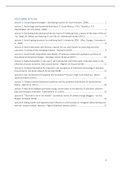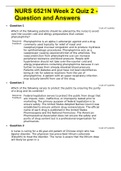Samenvatting
Summary of ALL literature for YSS31806 exam April 2021
Summary of all the readings for the course YSS31806 Consumer, Technology and Innovation (overview of the articles can be seen on the first page). Contains the literature for the exam in April 2021.
[Meer zien]






